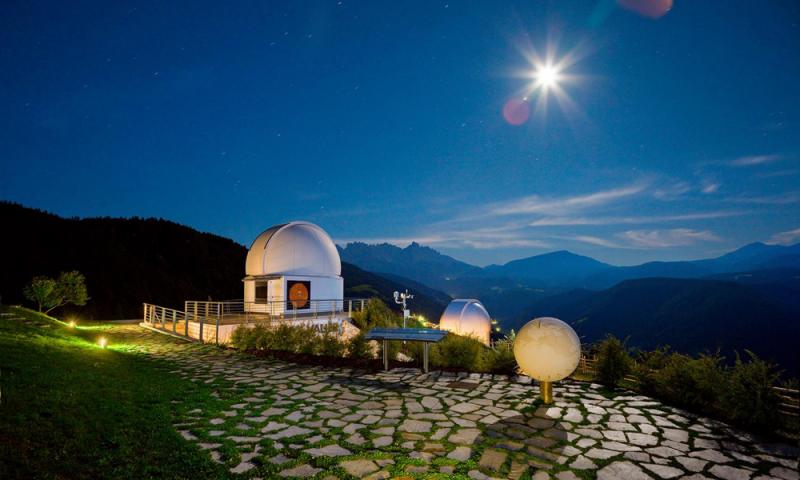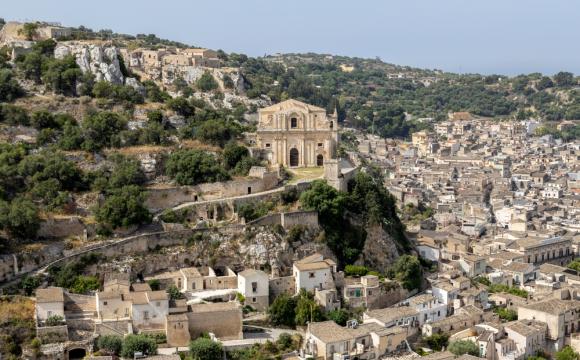‘Shooting stars’ events are planned all around Italy for the most awaited night of the Italian summer: ‘la notte di San Lorenzo’ (Aug. 10), when people gather outside to admire the annual show of the Perseids meteor shower (falling stars are more likely to be seen in the Northern Hemisphere this time of the year because the Perseids meteor shower reaches its peak in mid-August).
Starting in the north of Italy, and more specifically in the gorgeous Dolomites area, the Val d’Ega, located about half an hour from South Tyrol’s capital of Bolzano, is home to the first ‘Star Village of Europe’. The two mountain towns of Collepietra and San Valentino feature sundials, astronomical information points, the only astronomical observatory of South Tyrol and a planetarium where 3D optical instruments and a special acoustic system will make it seem like you can touch the sky.
Nearby, in Trentino’s Val di Sole (Sun Valley), the town of Ossana has recently been awarded the distinction of having ‘Italy’s most beautiful sky’, particularly in the Valpiana natural area, which features several hiking trails; how about a night time trek, watching out for the falling stars?
In the south of Italy, a good place to catch the falling stars is the region of Basilicata with its wide open spaces. Head to the Piccole Dolomiti Lucane, an unspoiled mountainous area that offers perfect conditions to admire the night sky even with a naked eye.
Great conditions are also to be found in the Sila National Park in Calabria, a Unesco World Heritage site candidate, where the 9th edition of ‘Sotto I cieli del parco’ (Under the park’s skies) is planned.
If you’re going to be in the city, don’t despair, there are events planned in urban spaces too. The Planetario Hoepli in Milan hosts a guided observation of the night’s sky; or you may try to catch a shooting star from the roofs of the Galleria Vittorio Emanuele, 36 meters above the ground (reservation mandatory). In Rome, as the Planetarium in Eur is currently closed, the spaces of the former customhouse in the San Lorenzo neighborhood have installed a thrilling ‘sky travel experience’ among telescopes, planets, galaxies, and star clusters, where you can fly over the valleys of Mars, cross the rings of Saturn, orbit around the celestial nebula and circumnavigate the Milky Way.
*This year’s predicted peak is actually Aug. 11 or 12, and the full moon will make it harder to catch the stars; make sure you watch between midnight and dawn when the moon wanes.







